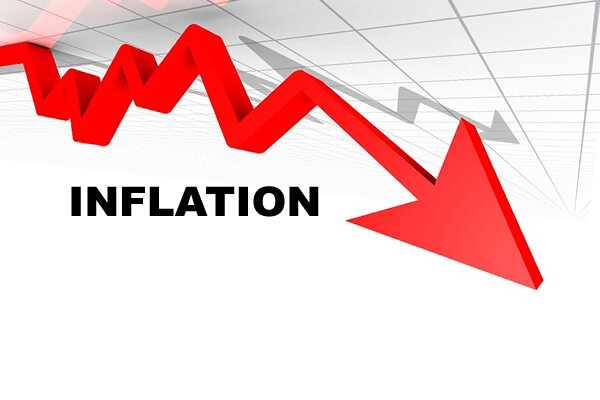Inflation rate falls 0.6%

TEHRAN - The Statistical Center of Iran (SCI) has put the average inflation rate in the twelve-month period ended on July 21, which marks the end of the fourth Iranian calendar month Tir, at 35.5 percent, falling 0.6 percent from the figure for the twelve-month ended to the third month.
The center put the country’s point-to-point inflation rate at 32.2 percent in the fourth month, which means families have paid an average of 32.2 percent more for purchasing the same package of commodities and services in that month, compared to the same month in the preceding year.
The point-to-point inflation rate rose 0.3 percent in the fourth month from the previous month.
In mid-June, the SCI announced that Iran’s economy grew by 5.7 percent in the past Iranian calendar year (ended on March 19), marking the highest growth since 2017.
In its latest report, the SCI said the growth of the gross domestic product (GDP) for the year ending in March 2024 at the constant prices of 2017 is equivalent to 5.7 percent of the total GDP and 3.4 percent of the GDP minus oil.
The field of activities of industries and mines group grew by 6.9 percent, the services group by 5.7 percent, and the agriculture group by 2.2 percent compared to the previous year.
In late February, the International Monetary Fund (IMF) reported the Iranian economic growth in 2023 to be 5.4 percent.
The head of Iran’s Plan and Budget Organization (PBO) said the country’s 5.4 percent economic growth in 2023 was the second-highest rate in the world.
IMF also increased its estimate of Iran’s economic growth in 2024, citing a higher-than-expected surge in the country’s oil production.
The IMF, in its report published on February 22, forecast a 3.7 percent economic growth for Iran in 2024 while the figure in its October prediction was 2.5 percent.
The IMF data showed that Iran’s economic growth reached 5.4% in 2023 while the international agency had predicted a three percent growth for the country in the previous year.
Iran’s oil and gas industry’s development has a direct impact on the country’s economic growth, as the effect was felt during the previous administration’s term, when the U.S. withdrawal from the Iran nuclear deal, formally known as the Joint Comprehensive Plan of Action (JCPOA), and reimposition of sanctions reduced Iran’s oil production and exports and even led to negative gross domestic product (GDP) for a couple of years.
Meanwhile, the World Bank (WB), in its latest report, predicted that Iran’s economy will grow 3.2 percent in 2024 and the inflation rate will decrease to 35.3 percent.
According to the estimate of the international body, Iran’s economy experienced a five percent growth and a 40.7 percent inflation in 2023.
The bank has forecast that the growth of Iran's non-oil sector which was 3.8 percent last year will reach 3.0 percent in the current year. Iran's oil sector, which experienced a significant growth of 17.1 percent in the previous year will also grow by 5.0 percent in the current year, Tasnim News Agency reported.
In addition, the World Bank has predicted that Iran's oil production this year will increase by 200,000 barrels compared to the previous year and will reach 3.2 million barrels per day.
It is expected that Iran's agricultural sector will grow only 0.9 percent this year, and the growth of the industry sector will reach 4.9 percent and the service sector will grow 2.6 percent.
Iran's inflation rate which was 40.7 percent in the previous year is also expected to fall to 35.3 percent in the current year.
The Central Bank of Iran (CBI) reported in late June that Iran's gross domestic product (GDP) including oil grew 4.5 percent in the previous Iranian calendar year (ended on March 19).
Based on the CBI data, the figure excluding oil increased by 3.6 percent.
According to the CBI Economic Accounts Department, GDP to the base price (fixed prices in 2016) in the 3rd quarter of the previous Iranian calendar year showed a 4.5 percent growth compared to the same period a year earlier.
In addition, the country’s economic growth without oil included in the mentioned period reached 3.9 percent, the report added.
The study of the investment situation in various economic sectors (to the fixed prices in 2016) clarifies that the ‘formation of the fixed gross capital’ in the 3rd quarter of the last Iranian calendar year saw a 14.2 percent growth compared to the same period in the previous year.
The realization of 4.5 percent economic growth in the previous Iranian calendar year indicates the continuation of the growing trend of economic activities in the country.
MA
